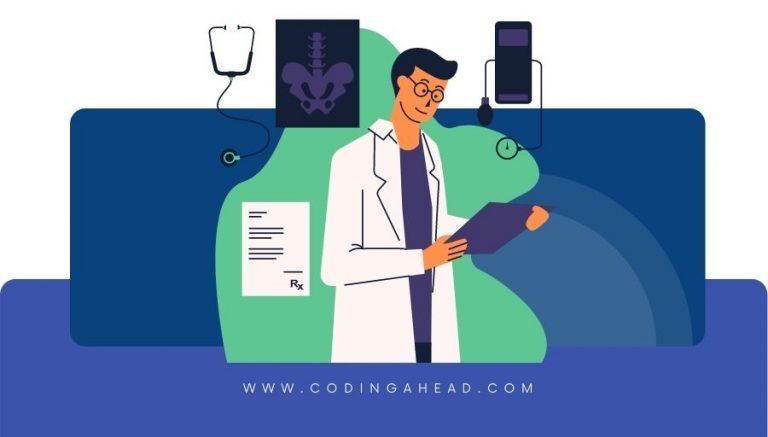How To Use CPT Code 64702
CPT 64702 describes a procedure known as neuroplasty, which involves the exploration, neurolysis, or nerve decompression of the extracranial nerves, peripheral nerves, and autonomic nervous system. This article will cover the official description, procedure, qualifying circumstances, appropriate usage, documentation requirements, billing guidelines, historical information and billing examples.
1. What is CPT Code 64702?
CPT 64702 is a code used to describe a surgical procedure called neuroplasty. Neuroplasty involves the repair of a nerve through the exploration, neurolysis, or decompression of the extracranial nerves, peripheral nerves, and autonomic nervous system. This procedure is typically performed to relieve tension on one or both digital nerves in a single finger or toe.
2. Official Description
The official description of CPT code 64702 is: ‘Neuroplasty; digital, 1 or both, same digit.’
3. Procedure
- During the neuroplasty procedure, the healthcare provider makes an incision into the patient’s finger or toe where the compressed nerve is located.
- The provider then locates the compressed nerve and performs external neurolysis, which involves removing the surrounding scar tissue and soft tissues without entering into the nerve.
- If necessary, the provider may also remove any bone spur or damaged muscle that is putting pressure on the nerve.
- Once the nerve has been repaired and freed, the provider closes the incision in layers.
4. Qualifying circumstances
CPT 64702 is typically performed on patients who have a compressed nerve in their finger or toe. This procedure is used to relieve tension on one or both digital nerves in the same digit. The patient must have a specific diagnosis or condition that requires neuroplasty, such as scar tissue or other sources of pressure on the nerve. The procedure is performed by a healthcare provider who is trained and qualified to perform neuroplasty.
5. When to use CPT code 64702
CPT code 64702 should be used when a healthcare provider performs neuroplasty on one or both digital nerves in the same digit. This code is appropriate when the procedure involves the exploration, neurolysis, or decompression of the extracranial nerves, peripheral nerves, or autonomic nervous system. It is important to accurately document the specific details of the procedure to support the use of CPT code 64702.
6. Documentation requirements
To support a claim for CPT code 64702, the healthcare provider must document the following information:
- Patient’s diagnosis or condition requiring neuroplasty
- Specific details of the procedure, including the location of the compressed nerve and any additional procedures performed
- Date of the procedure
- Start and end time of the procedure
- Any complications or unexpected findings during the procedure
- Signature of the healthcare provider performing the procedure
7. Billing guidelines
When billing for CPT code 64702, ensure that the procedure meets the criteria outlined in the official description. It is important to accurately document the details of the procedure to support the use of this code. Additionally, be aware of any specific billing guidelines or modifiers that may be required by the payer. It is also important to review any applicable coding guidelines or policies to ensure accurate and appropriate billing.
8. Historical information
CPT code 64702 was added to the Current Procedural Terminology system on January 1, 1990. The code underwent a change on January 1, 2009, with the description being updated to ‘Neuroplasty; digital, one or both, same digit.’
9. Examples
- A healthcare provider performs neuroplasty on a patient’s finger to relieve tension on the digital nerve.
- During the procedure, the provider explores the extracranial nerves and performs neurolysis to release the compressed nerve.
- Another patient undergoes neuroplasty on their toe to decompress the peripheral nerve.
- The provider locates the compressed nerve and removes scar tissue and soft tissues without entering into the nerve.
- A different patient requires neuroplasty on both digital nerves in the same digit to relieve tension and improve sensation.
- The provider performs the procedure, freeing both nerves from surrounding pressure.
- Yet another patient undergoes neuroplasty on their autonomic nervous system to relieve tension and improve overall function.
- The provider explores the autonomic nervous system and performs neurolysis to release any compressed nerves.
- A healthcare provider performs neuroplasty on a patient’s finger, removing a bone spur that was putting pressure on the digital nerve.
- The provider repairs the nerve and closes the incision, relieving the patient’s symptoms.



